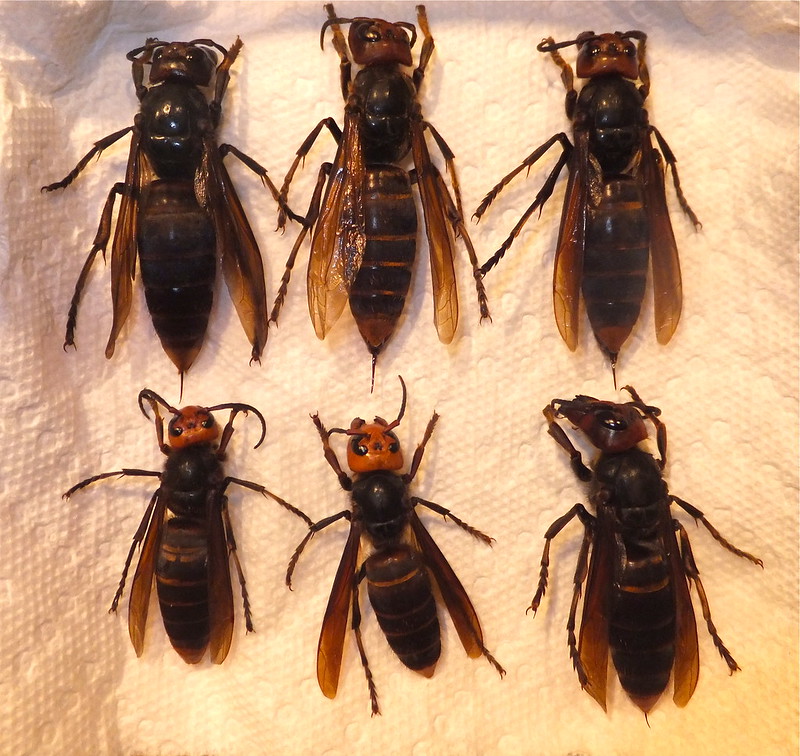Rudy Gobert might as well be a baseball player. He has the weird injury story down to a science.
The Jazz big man told reporters on Thursday that he suffered a bee sting on his nose this week while changing out the queen for the bee hive on his property. Gobert apparently is a big fan of homegrown, organic honey — or he just wants to be a beekeeper on the side. One of those.
Either way, the sting sounded painful. But despite some swelling, Gobert should be good to go for Thursday’s Game 6 against the Dallas Mavericks. He shared a photo of the sting’s aftermath on Instagram, and honestly it didn’t look too bad. He also seems to be taking it well.
From Rudy Gobert’s IG: pic.twitter.com/fhePrkZ2Sd
— Eric Walden (@tribjazz) April 28, 2022
A little swollen, sure, but he’ll be OK. At least it wasn’t a “Murder Hornet.”
The Angels Triple-A affiliate Salt Lake Bees denied any involvement.
The Salt Lake Bees deny any involvement in this terrible act and wish @rudygobert27 a speedy recovery and a wonderful game 6 #gojazz pic.twitter.com/h83pZKNVwb
— Salt Lake Bees (@SaltLakeBees) April 28, 2022
Gobert told reporters that it wasn’t the first time he had been stung while tending to his bee hive.
Rudy said he got stung two days ago. He owns a hive, and changed the queen out. He said this is the third time he’s been stung. He mentioned multiple times that a single bee sting can actually have health benefits.
— Eric Walden (@tribjazz) April 28, 2022
Gobert also touted the anti-inflammatory benefits that come from bee stings. So really, he was just doing his part to stay healthy by getting stung on the nose. Gobert is playing 4D chess out there.
Your move, Dallas.
[mm-video type=video id=01g1rb5nnpj9yc22tzgv playlist_id=01f09kz5ecxq9bp57b player_id=none image=https://images2.minutemediacdn.com/image/upload/video/thumbnail/mmplus/01g1rb5nnpj9yc22tzgv/01g1rb5nnpj9yc22tzgv-31127e0cac8ca92ca61e085066804ddc.jpg]







